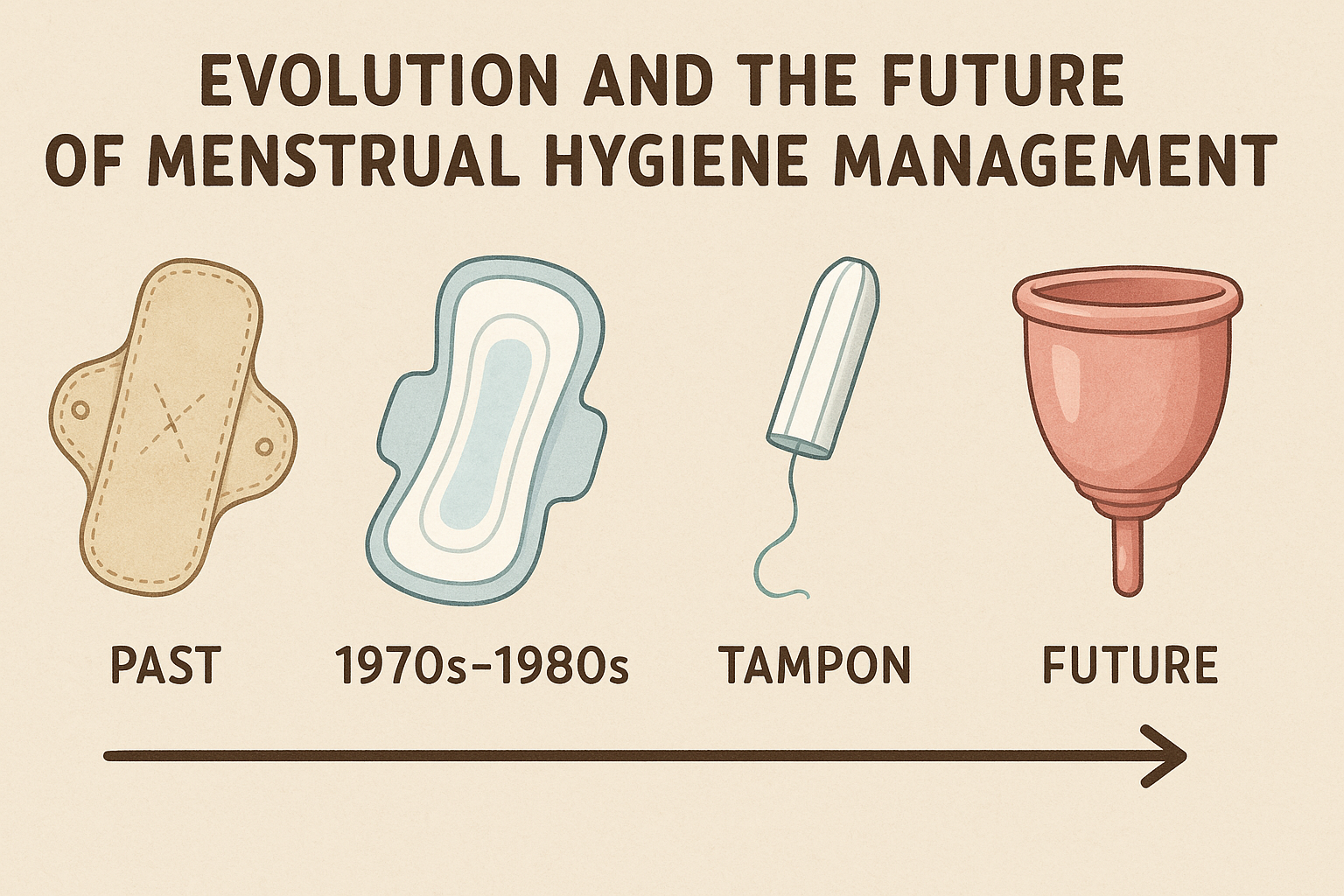Menstrual Hygiene Through the Ages: What’s Changing & Why It Matters
Menstrual hygiene management has been breaking the barriers and evolving silently over the years. Unlike the olden days, it is no more a social stigma. Rising awareness and information regarding its benefits and safe products has cleared the myth. In short, people, organisations, and governments all have now realised the importance of maintaining menstrual health. Ideally, menstrual health management is crucial since it has direct relation to the overall health of women. In addition, it also relates to their dignity and promotes their economic participation. This, eventually, results in the dramatic change of the menstrual hygiene management market.
Furthermore, technological progresses and innovation also promotes market expansion and sustainability. Advanced technologies have paved the path for innovative products like recyclable sanitary pads and smart apps that helps in monitor menstrual cycles. This has completely changed the concept of menstrual health management today promoting innovative ways for the same.
Ideally, menstrual health management is crucial since it has direct relation to the overall health of women. In addition, it also relates to their dignity and promotes their economic participation. This, eventually, results in the dramatic change of the menstrual hygiene management market.
Furthermore, technological progresses and innovation also promotes market expansion and sustainability. Advanced technologies have paved the path for innovative products like recyclable sanitary pads and smart apps that helps in monitor menstrual cycles. This has completely changed the concept of menstrual health management today promoting innovative ways for the same.

